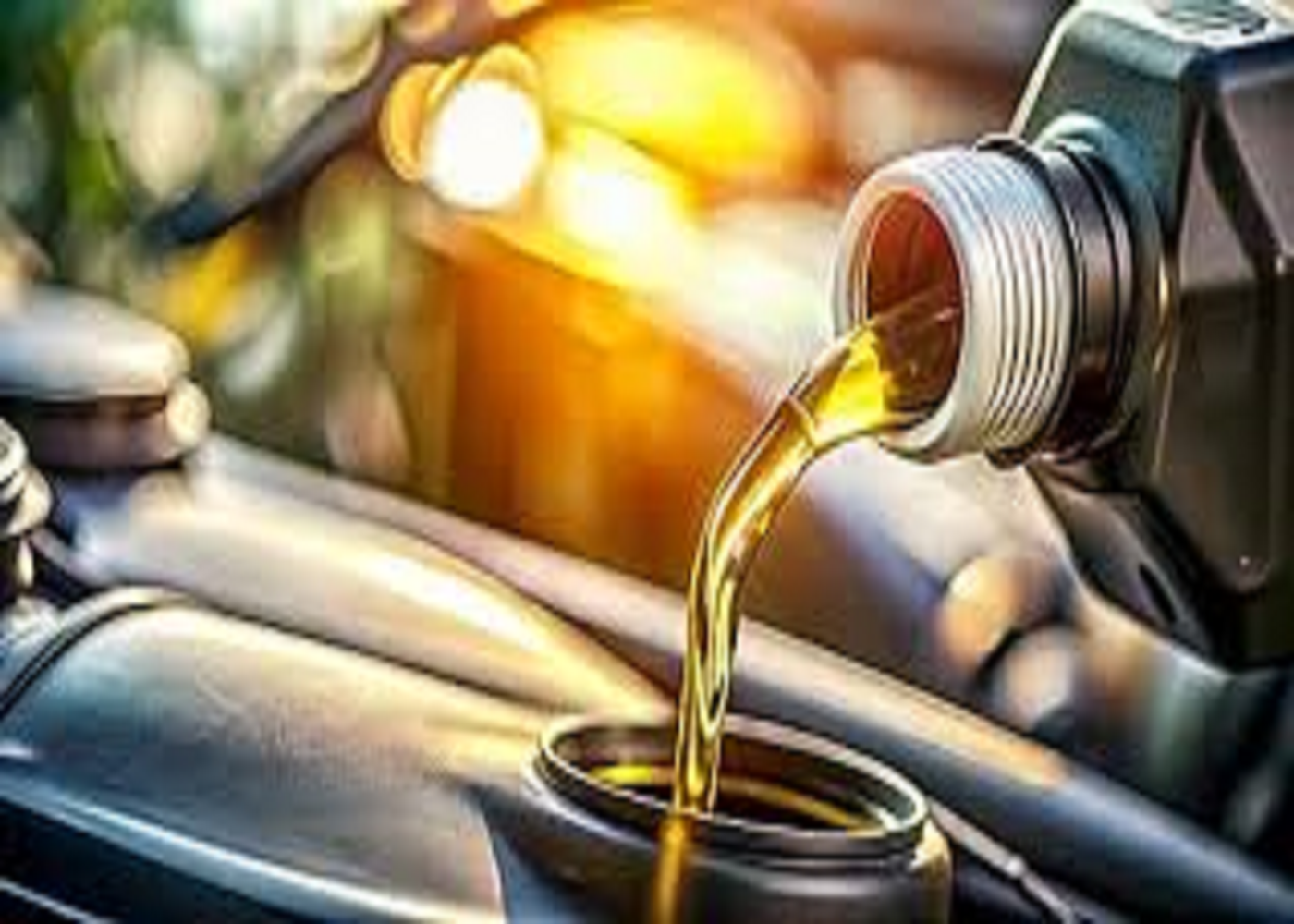
Lubricating oil commonly referred to as Lube Oil or simply lubricant, is a vital substance used across various industries, machinery, and transportation systems to reduce friction between moving parts, enhance efficiency, and prolong the lifespan of mechanical components. Lubricants, though often overlooked in favor of more visible elements such as fuel or structural components, are critical for the smooth operation of engines, gears, and other mechanical systems.

Composition and Types of Lubricating Oil
Lubricating oils are typically composed of two main elements: base oils and additives. The specific combination of these two components determines the performance characteristics and suitability of a lubricant for a particular application.
Base Oil
Base oils are the primary component of lubricating oil, making up around 70% to 99% of the total composition, depending on the type of lubricant. They serve as the carrier for additives and provide the fundamental lubricating properties.
Base oils can be classified into three major types:
Mineral Oils: Derived from crude oil through refining processes, mineral oils are the most common type of base oil. These oils are divided into three groups based on the degree of refining:
Group I: Least refined, with higher sulfur content.
Group II: More refined with lower sulfur content and improved oxidation stability.
Group III: Highly refined, often referred to as synthetic due to their performance characteristics, though they are still petroleum-based.
Synthetic Oils: These are chemically engineered base oils designed to provide superior performance in extreme conditions. They can withstand higher temperatures, and pressures, and offer better resistance to oxidation.
Types of synthetic oils include: Polyalphaolefin (PAO) and Esters. Both of which offer excellent lubrication at a wider temperature range than mineral oils.
– Bio-based Oils: These oils are derived from natural, renewable sources such as vegetable oils. Bio-lubricants are environmentally friendly and biodegradable, making them ideal for applications where environmental impact is a concern.
Additives
Additives are chemical compounds added to base oils to enhance or introduce specific properties. Depending on the application, lubricants are engineered with various additives to provide improved performance in areas such as viscosity, wear protection, oxidation resistance, and cleaning ability.
FUNCTIONS OF LUBRICATING OIL
The primary purpose of lubricating oil is to reduce friction between moving parts, but its functions extend far beyond this. The effectiveness of lubricating oil lies in its ability to perform several critical roles simultaneously.
Environmental Impact and Sustainability
The production, use, and disposal of lubricating oils have significant environmental implications, and there is growing awareness of the need to reduce the ecological impact of lubricants.
Used Oil Disposal: One of the primary environmental concerns associated with lubricating oils is the proper disposal of used oil. Improper disposal—such as dumping used oil into soil or waterways—can lead to serious contamination of water resources, soil degradation, and harm to wildlife. Many countries now have strict regulations and programs for the recycling and proper disposal of used oils.
Recycling of Lubricating Oil: Re-refining used lubricating oils is an environmentally friendly process that recovers valuable base oils, reducing the demand for virgin oil production. Recycled oil can be re-used in many applications, with minimal environmental impact compared to new oil production.
Bio-based Lubricants: Bio-lubricants, derived from renewable sources like vegetable oils, are gaining popularity as they are biodegradable and less toxic to the environment. They are particularly favored in environmentally sensitive areas.
Reduction of Friction: Lubricating oil creates a thin film between moving parts, such as gears, pistons, or bearings, preventing direct metal-to-metal contact. By reducing friction, the lubricant decreases wear, energy loss, and the generation of heat.
Cooling: In addition to reducing friction, lubricating oils help in dissipating the heat generated during the operation of machinery. Oils absorb heat from hot areas, like engine components, and transfer it to cooler parts or to oil coolers, thus maintaining optimal operating temperatures and preventing overheating.
Protection Against Wear and Tear: The additives in lubricants create protective layers on surfaces, reducing the impact of high pressure and harsh operating conditions. This protective layer minimizes wear and tear on moving parts, thereby extending the life of the components.
Corrosion and Rust Prevention: Lubricating oil provides a protective barrier on metal surfaces, shielding them from water, air, and other corrosive substances that can cause rust or corrosion. Additives such as anti-corrosion agents are particularly important in preventing rust in automotive engines and industrial machinery.
Cleaning and Detergent Action: Lubricating oil helps to keep engines and machinery clean by carrying away contaminants, dirt, and microscopic wear particles. Detergents and dispersants in the oil prevent sludge, varnish, and carbon deposits from forming, thereby maintaining clean surfaces and reducing the risk of clogging or inefficient operation.
Sealing: In engines, lubricating oils act as a sealant by filling microscopic gaps between components such as pistons and cylinder walls. This sealing action helps to maintain pressure and prevent the leakage of gases or liquids.










